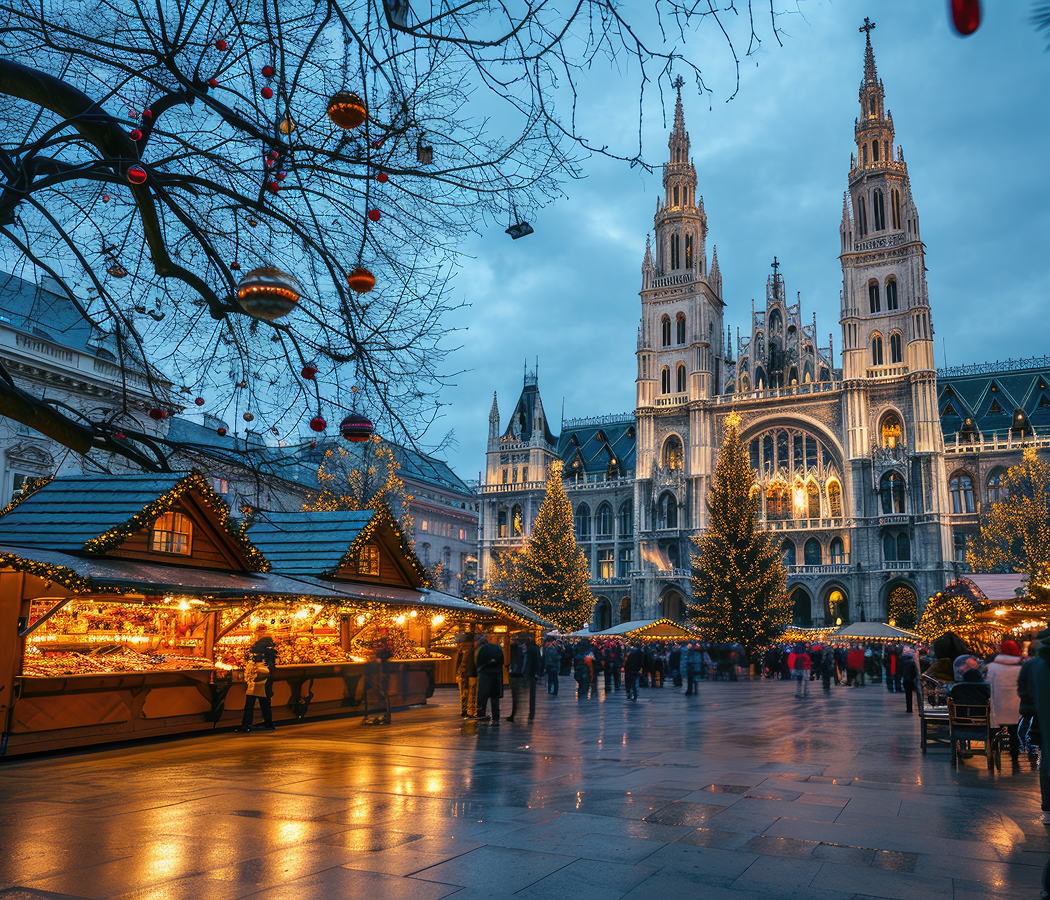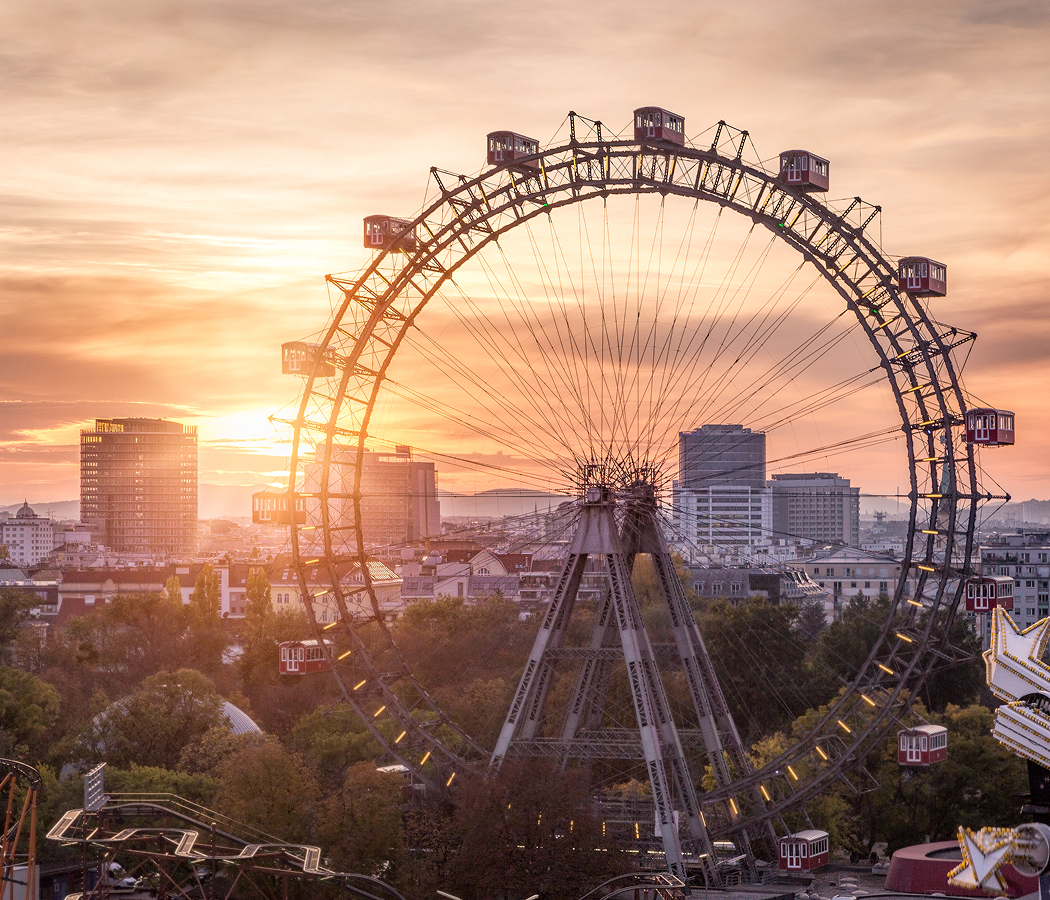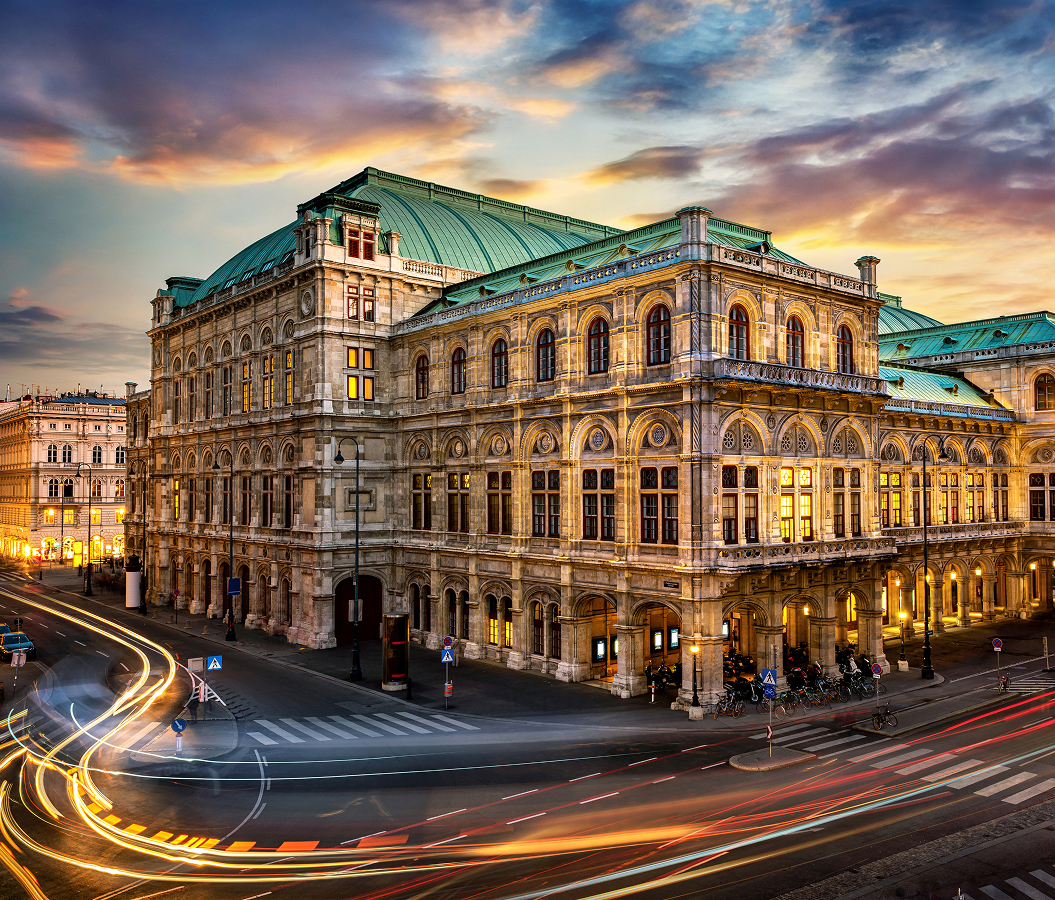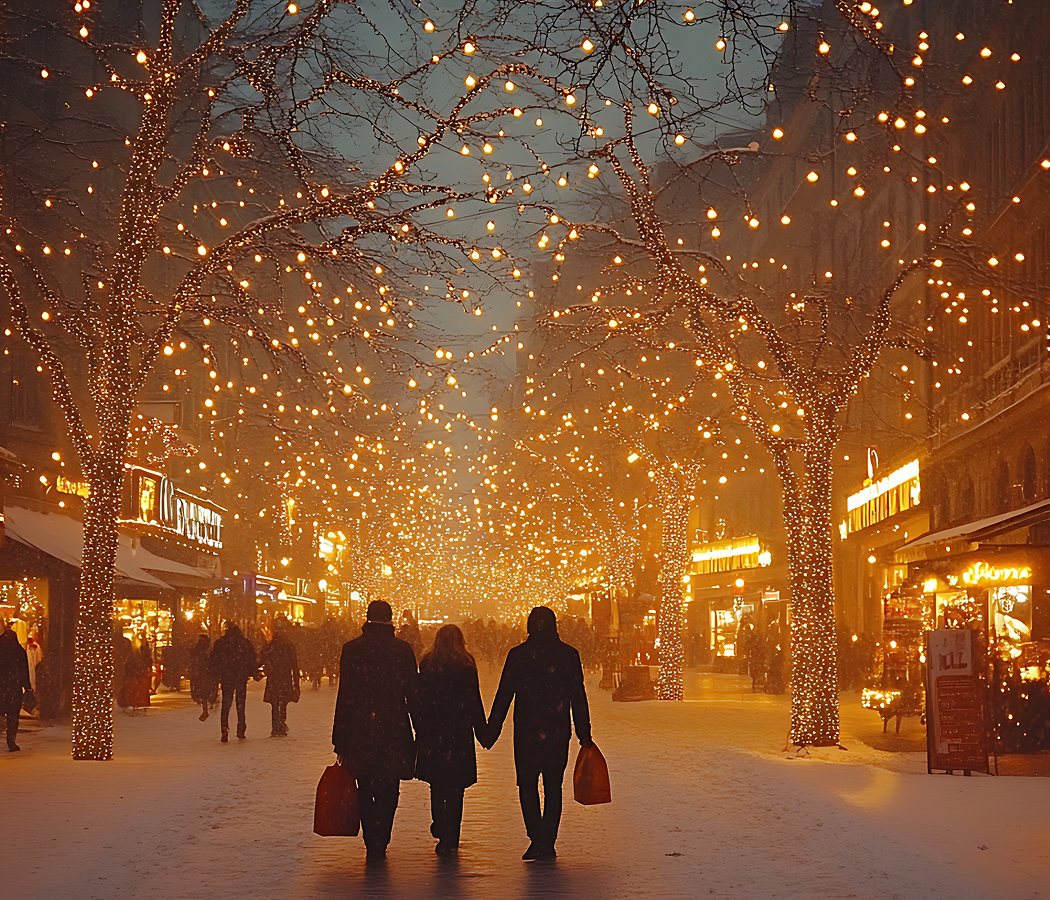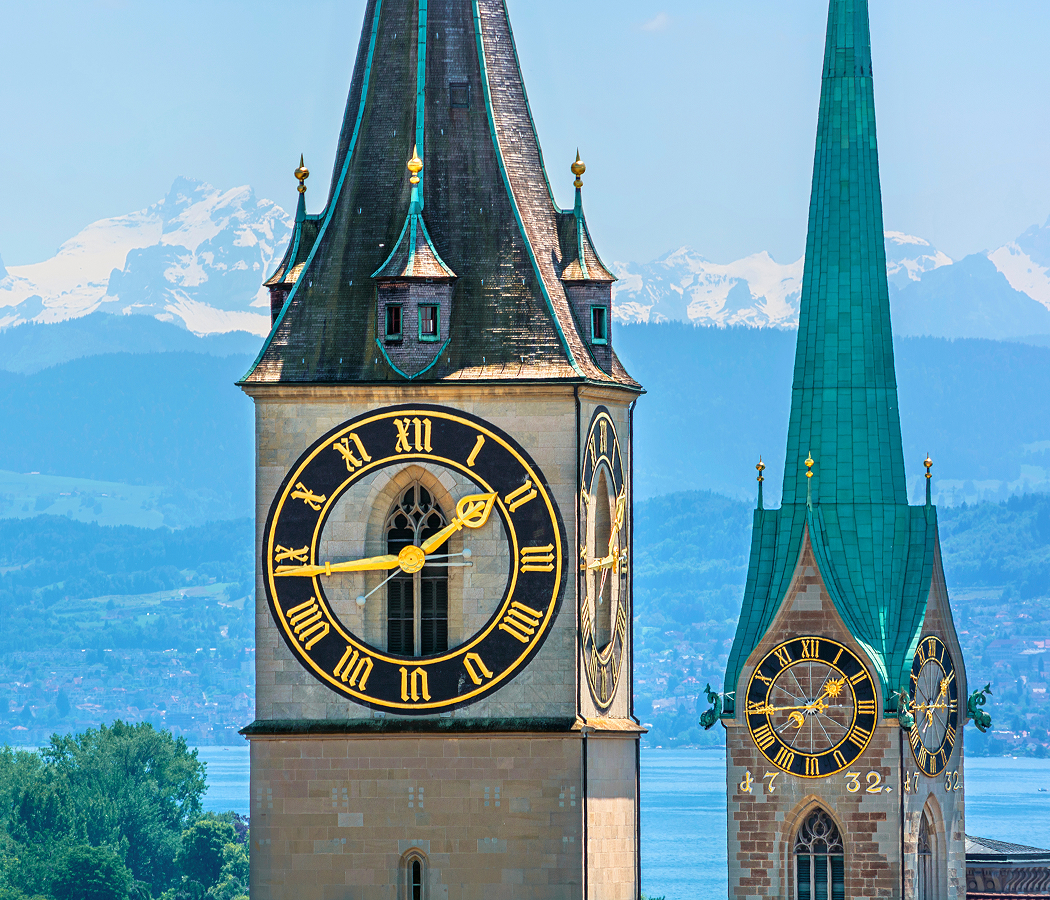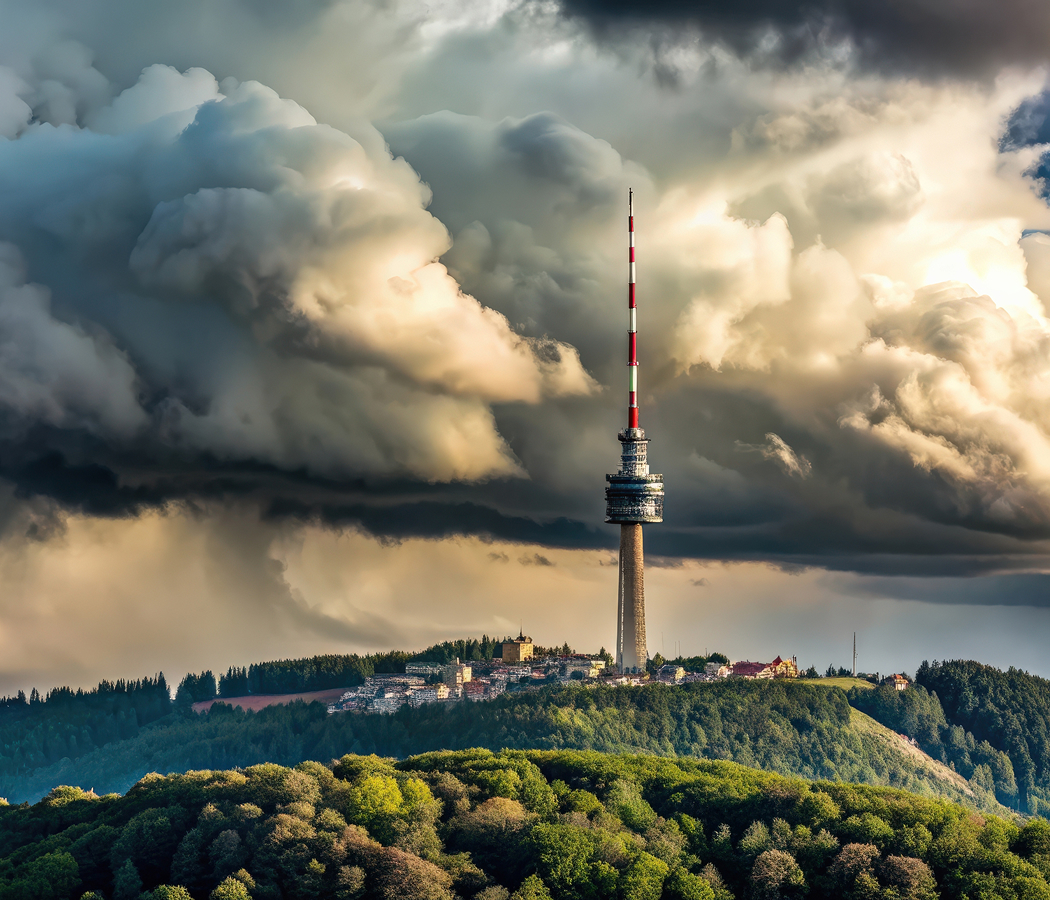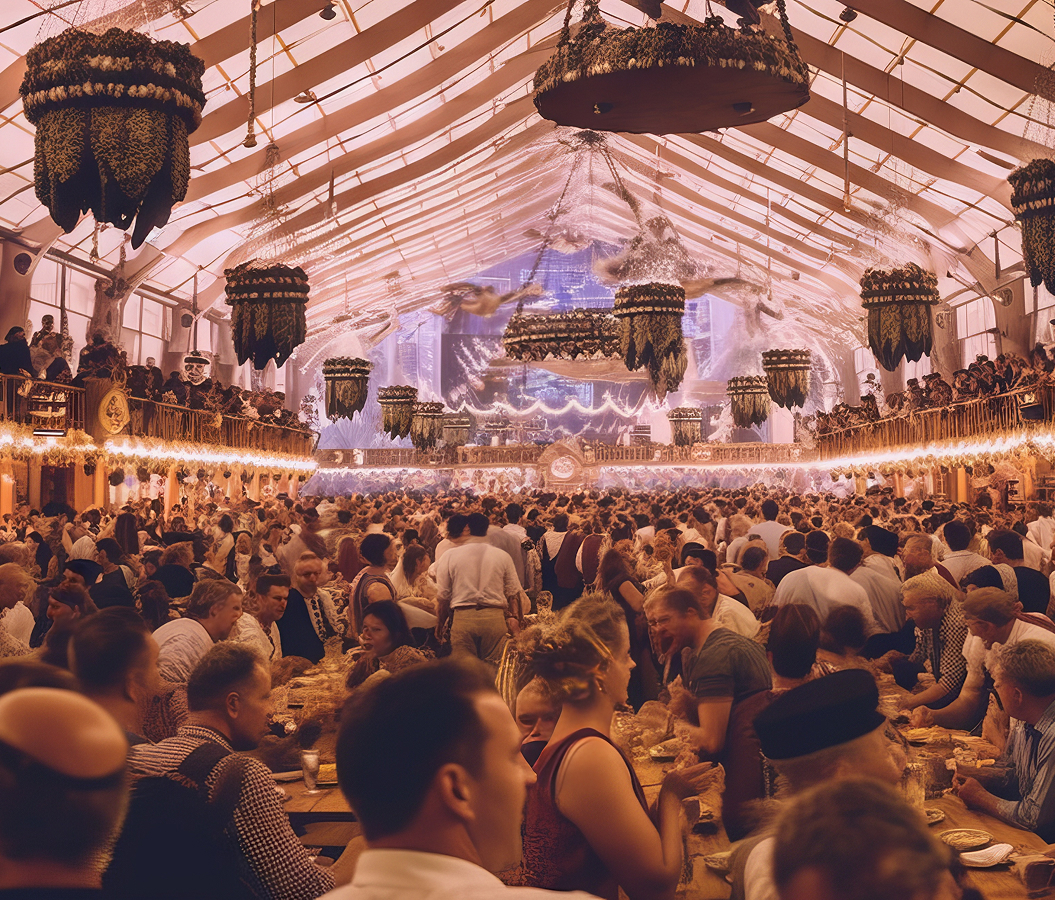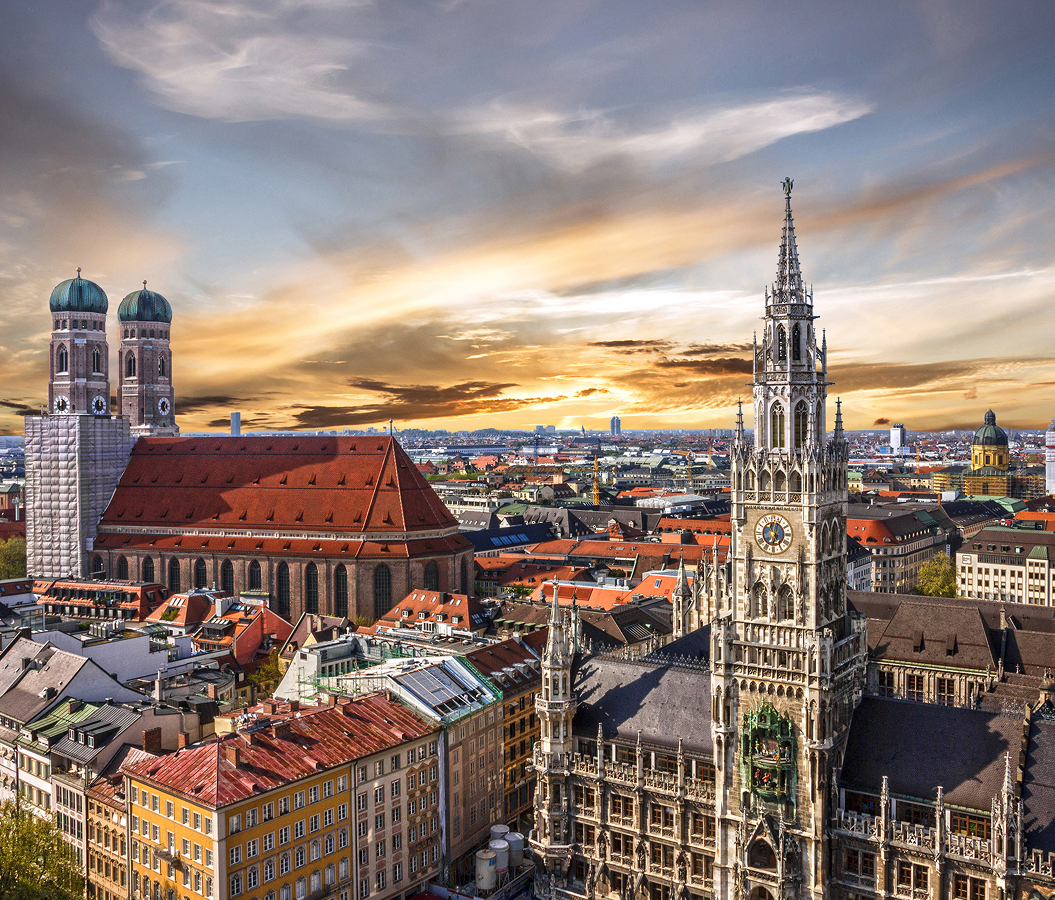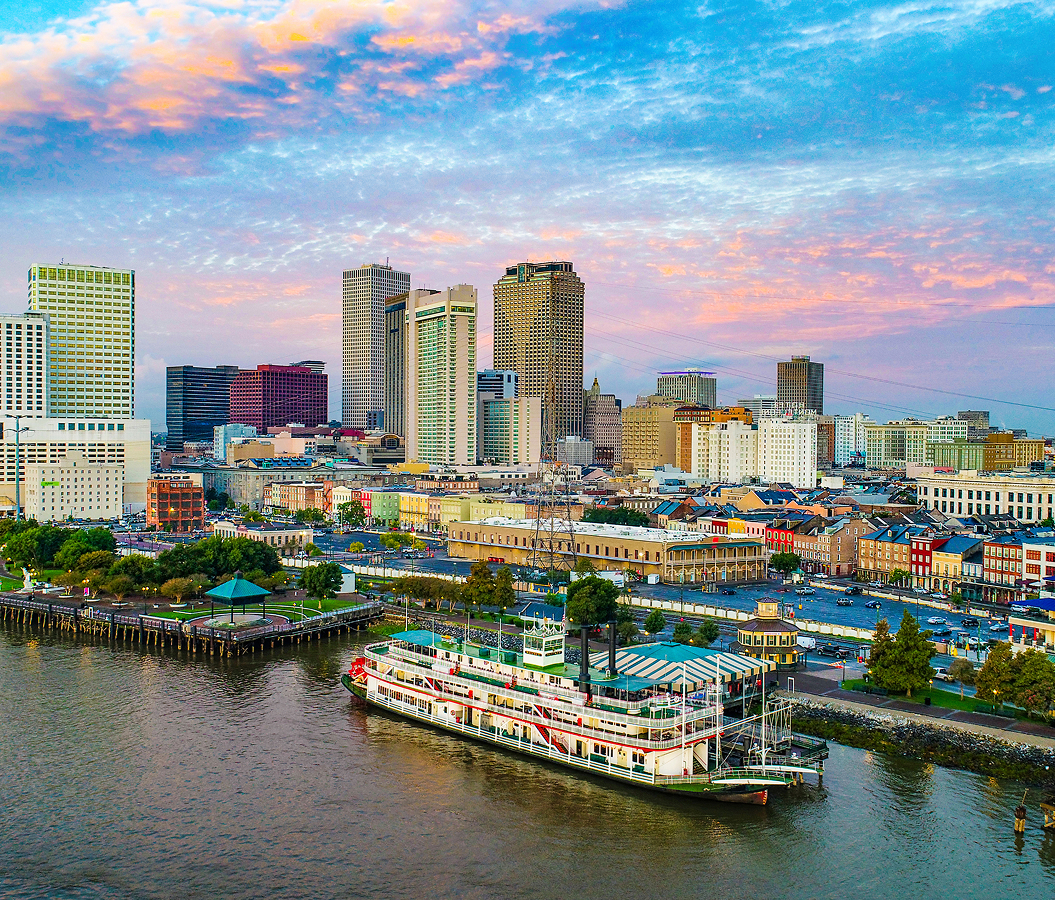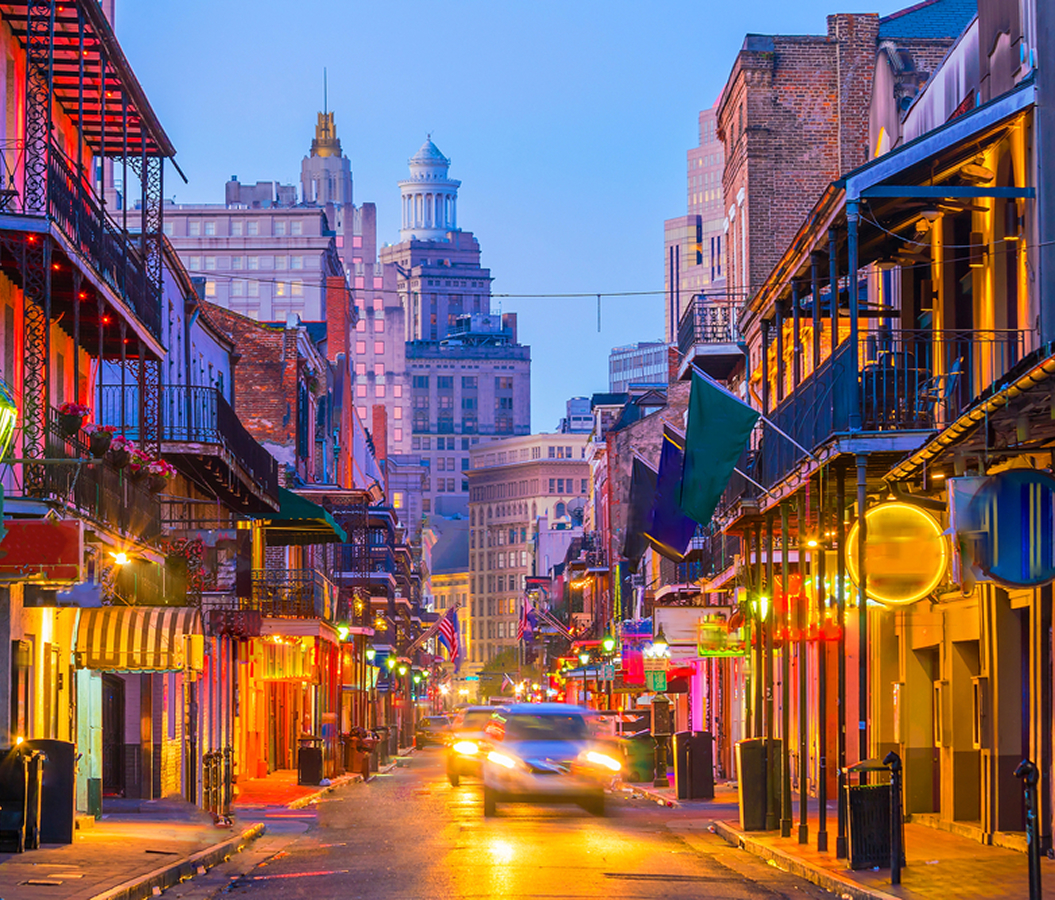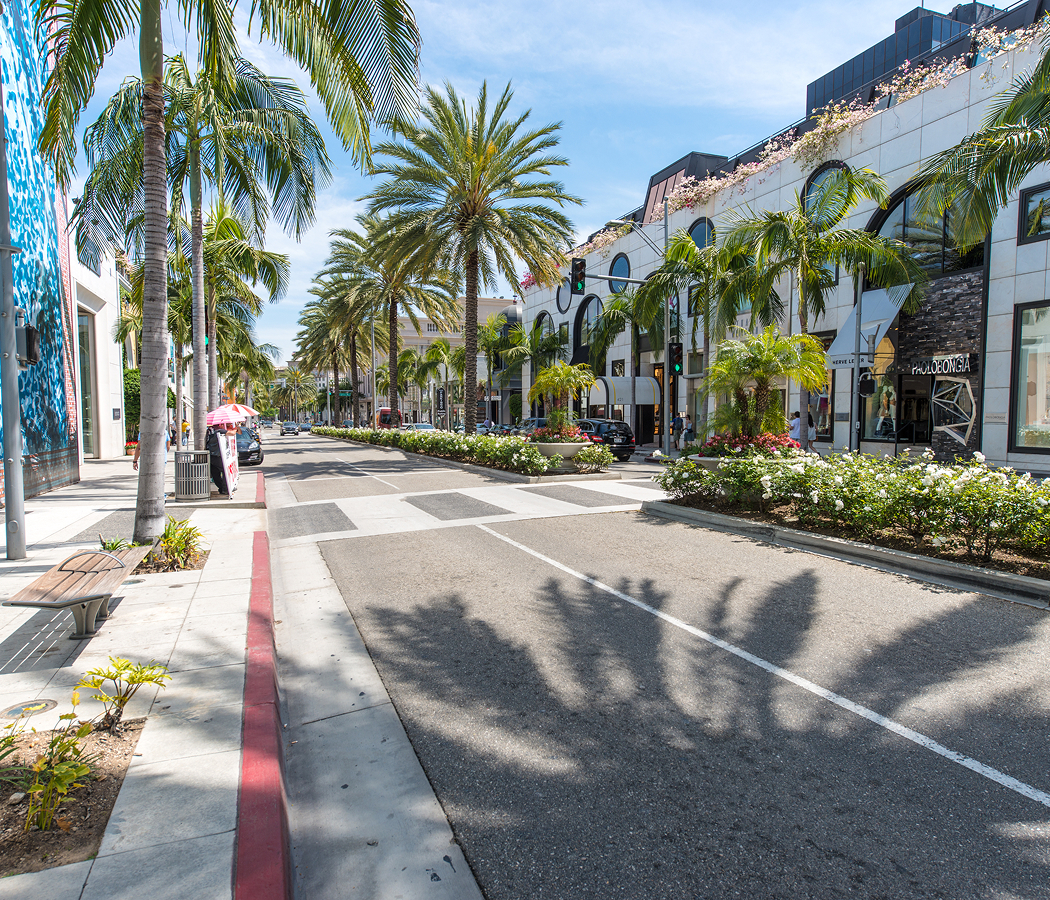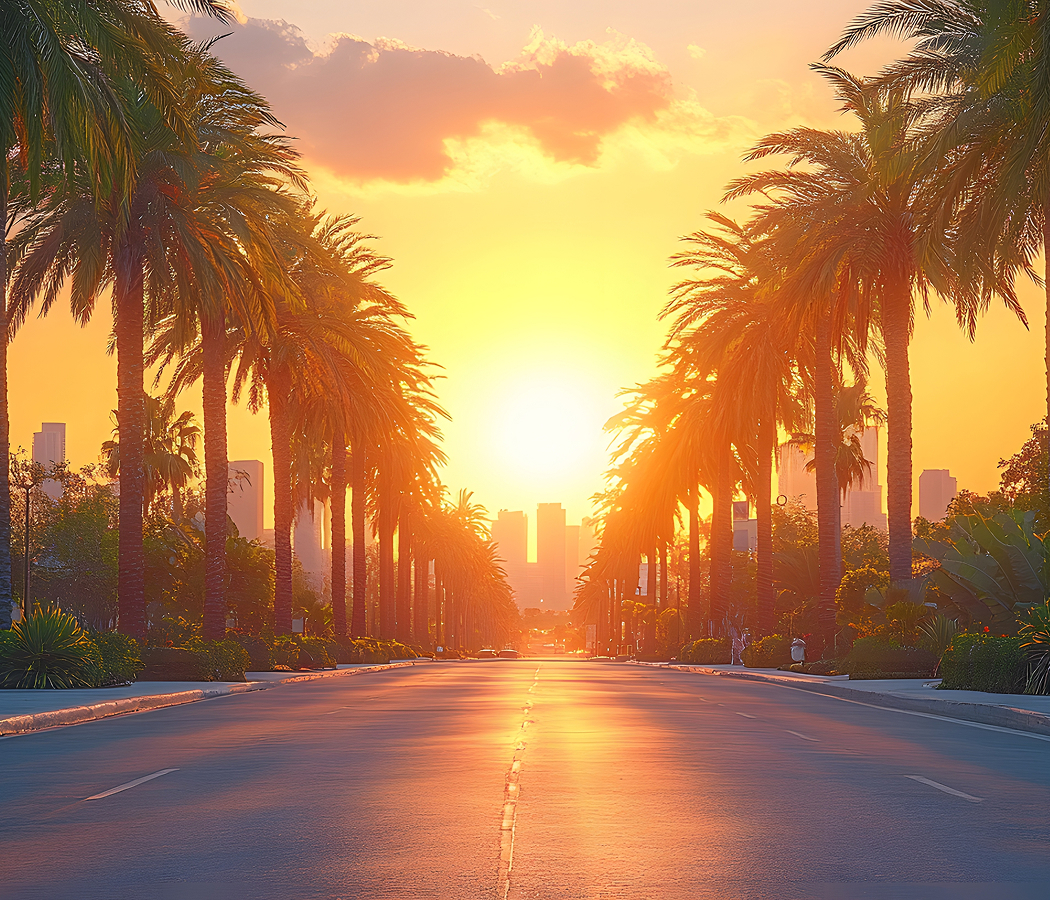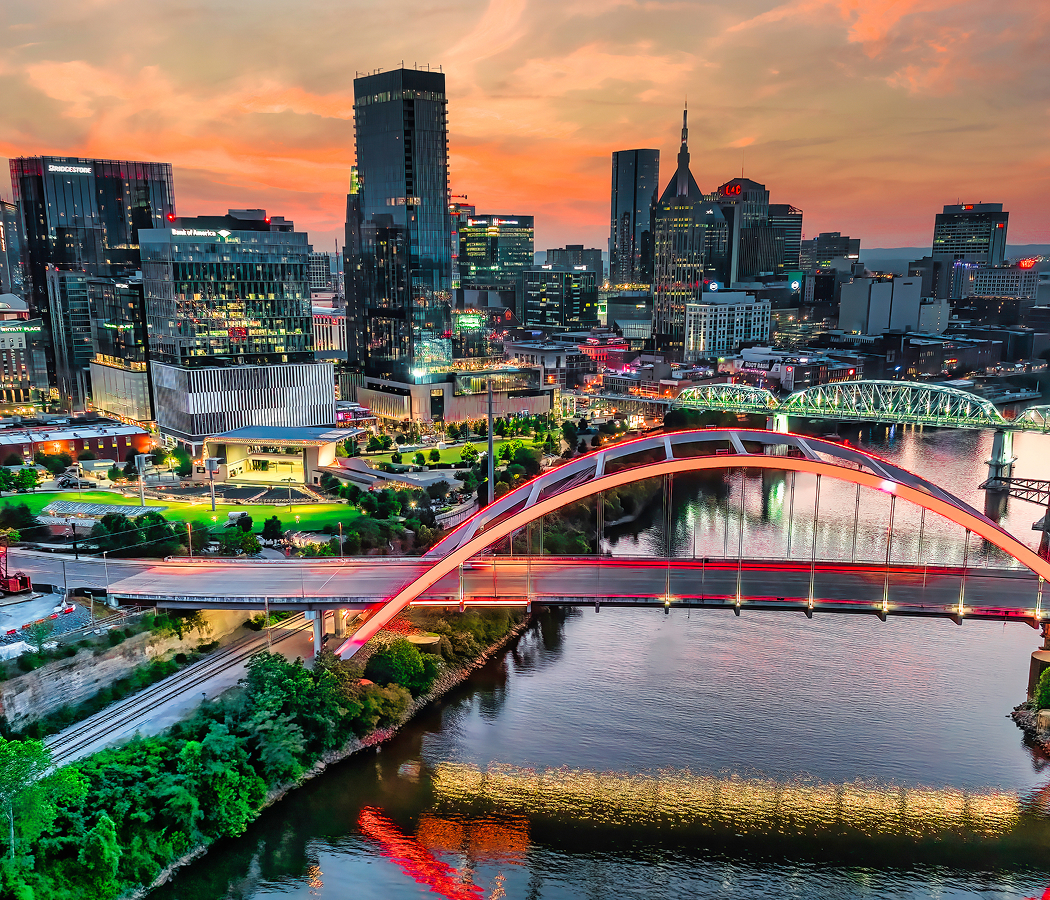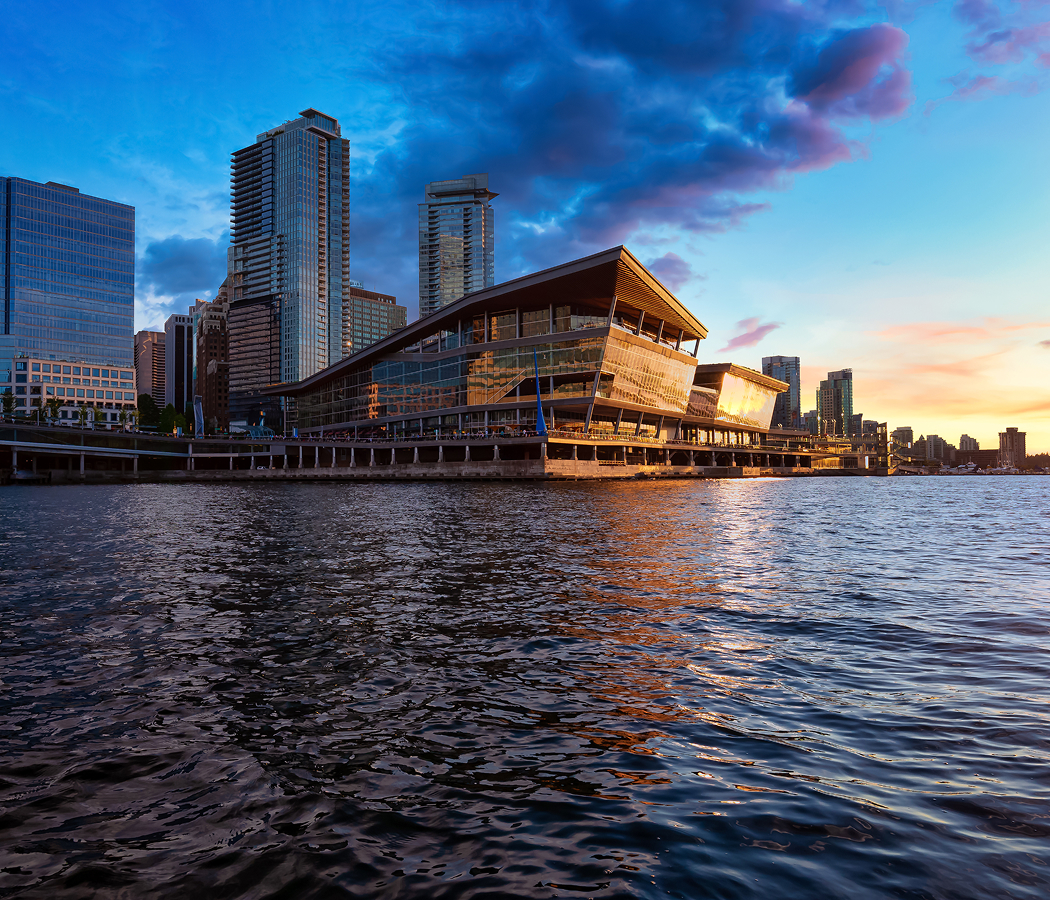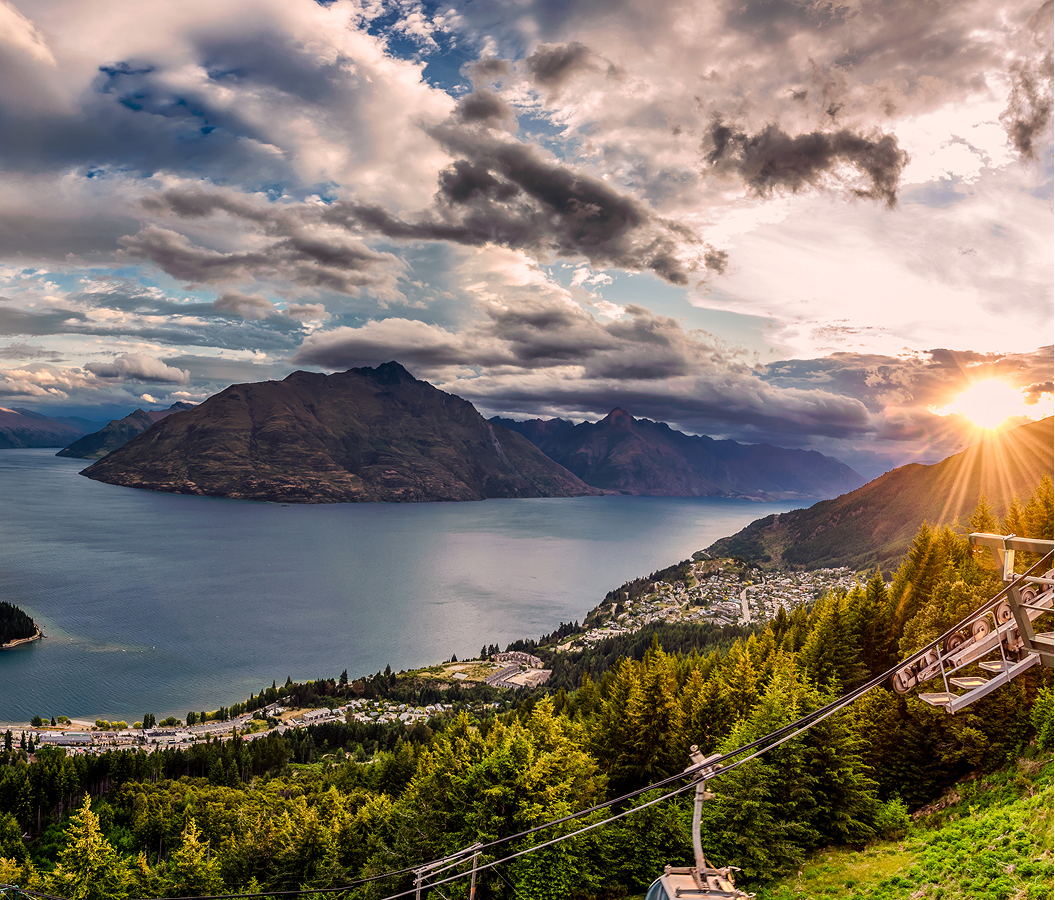
Why you should experience Schönbrunn Palace in Vienna.
Schönbrunn Palace in Vienna isn’t just a royal residence, it’s a living testament to imperial splendor, where history unfurls across gilded halls, manicured gardens, and echoing ballrooms that once defined European elegance.
From the moment you step through its grand gates, the palace commands attention. Its golden façade gleams beneath the Austrian sun, stretching across 1,400 ornate rooms that once housed the Habsburg dynasty. Walking through the corridors feels like drifting through time, each chamber a vignette of empire, where Maria Theresa ruled, Mozart performed, and Sisi’s melancholy grace lingers still. The Hall of Mirrors sparkles with chandeliers that have witnessed diplomacy, romance, and power plays of a world long vanished. Beyond the palace walls, Schönbrunn’s gardens unfold like a dreamscape: geometric flowerbeds, whispering fountains, and winding paths leading toward the Gloriette, a triumphal arch that crowns the hill, offering sweeping views of Vienna’s skyline. Peacocks strut beside marble statues, and the faint scent of roses floats on the breeze. As you wander through the world’s oldest zoo nearby, or listen to a string quartet playing under the colonnades at dusk, Schönbrunn becomes more than an architectural marvel, it’s a symphony of empire and emotion, of beauty preserved in motion.
What you didn’t know about Schönbrunn Palace.
Schönbrunn’s story begins not with emperors, but with a hunting lodge and a spring.
In the 16th century, Emperor Maximilian II purchased the land to create a game preserve, naming it “Schönbrunn,” or “beautiful spring,” after the clear waters that bubbled from the ground. Over the centuries, this modest retreat evolved into a monumental statement of power and taste, culminating in the Baroque masterpiece we see today, a creation of architects Johann Bernhard Fischer von Erlach and Nicolaus Pacassi. Though it became synonymous with the Habsburgs, its walls also reflect the currents of Europe’s political and cultural transformations. Here, six-year-old Mozart performed for Empress Maria Theresa; later, Napoleon turned its chambers into his headquarters during the French occupation. The palace’s Yellow Imperial color, now iconic, was chosen to reflect both sunlight and authority, illuminating its façade like a permanent sunrise. Beneath its polished surface, Schönbrunn is a marvel of design, hidden kitchens, servants’ corridors, and ingenious heating systems reveal the pragmatic machinery of royal life. Few realize that the palace’s vast gardens are more than ornamental; they symbolize harmony between man and nature, an Enlightenment ideal expressed through precision and perspective. The Palm House, a cathedral of glass and iron, houses exotic plants collected from imperial expeditions, while the labyrinth invites visitors to lose themselves in a rare intersection of whimsy and geometry. Today, Schönbrunn stands as Austria’s most visited attraction, yet it retains an aura of intimacy, a rare grace that bridges past and present in golden quiet.
How to fold Schönbrunn Palace into your trip.
Exploring Schönbrunn Palace is an immersion into Vienna’s imperial heartbeat, and the experience unfolds best when savored at an unhurried pace.
Begin your journey early in the morning to wander the gardens before the tour groups arrive. The Grand Tour of the palace offers access to the most opulent rooms, including the Blue Chinese Salon, where delicate porcelain glimmers in soft light, and the Mirror Room, whose reflections multiply the grandeur infinitely. As you walk, pay attention to the creak of polished floors beneath your feet, it’s the same sound that accompanied courtiers centuries ago. After the palace interiors, step out into the parklands. Take your time crossing the Great Parterre, framed by statues of mythological figures, and follow the avenue up to the Gloriette, where a small café offers coffee and apfelstrudel with panoramic views that rival any painting. On your way back, detour through the Orangery, once the site of lavish concerts, and the Tiergarten, where the Baroque zoo still preserves the architectural harmony of the estate. Visit the Palm House in the afternoon, when sunlight filters through the glass like liquid gold, and consider staying for one of the evening classical concerts performed in the palace’s Great Gallery, the same room where Mozart once enchanted the imperial court. To end your visit, stroll the illuminated gardens as twilight deepens and Vienna’s city lights begin to shimmer in the distance. Schönbrunn Palace isn’t merely a window into Austria’s past, it’s an invitation to linger within its golden eternity, where art, history, and nature still bow to beauty itself.
Hear it from the Foresyte community.
The gardens alone are worth the visit honestly. Palace is huge but somehow still feels personal like you’re in someone’s home, just a really extra one.
Where meaningful travel begins.
Start your journey with Foresyte, where the planning is part of the magic.
Discover the experiences that matter most.

